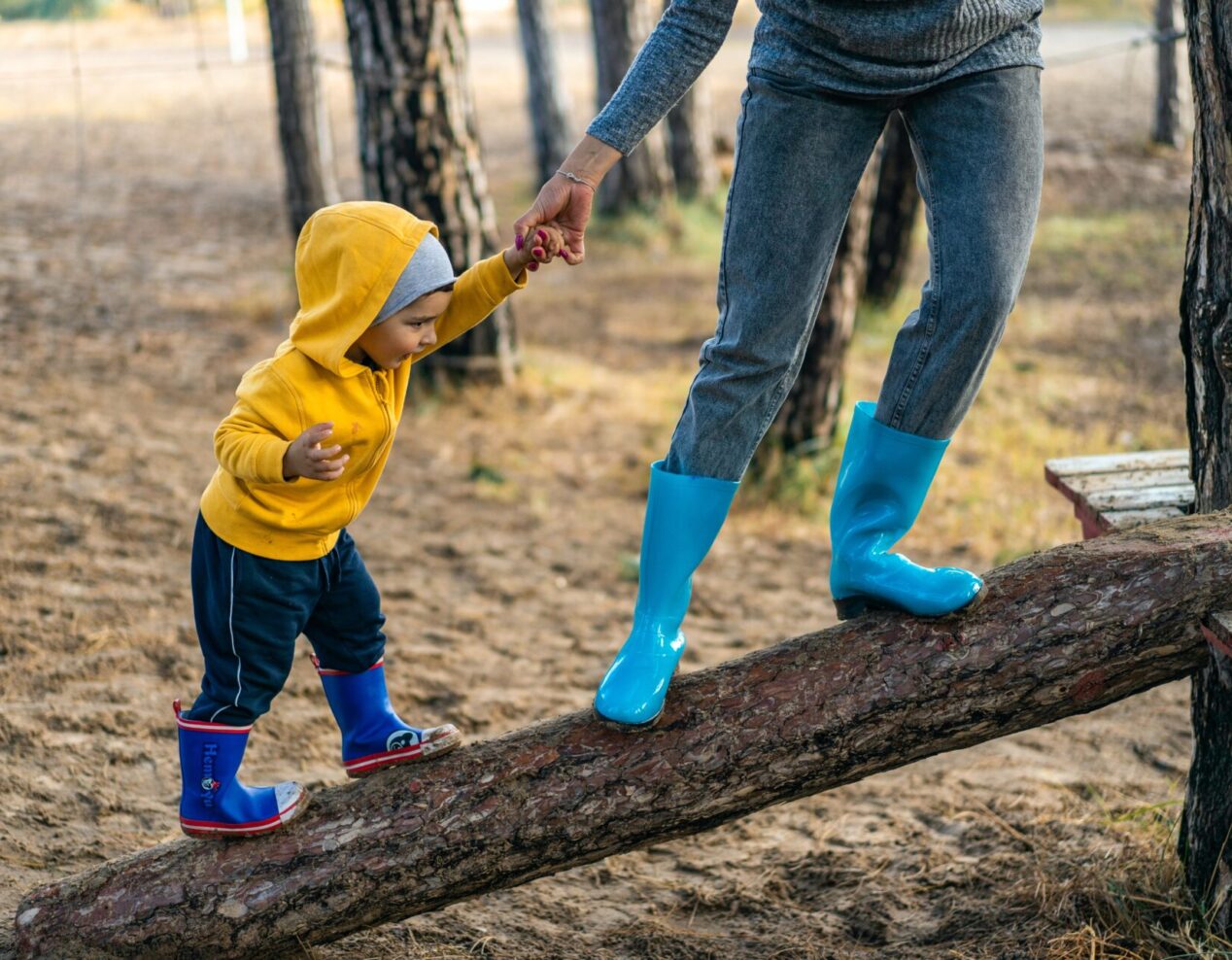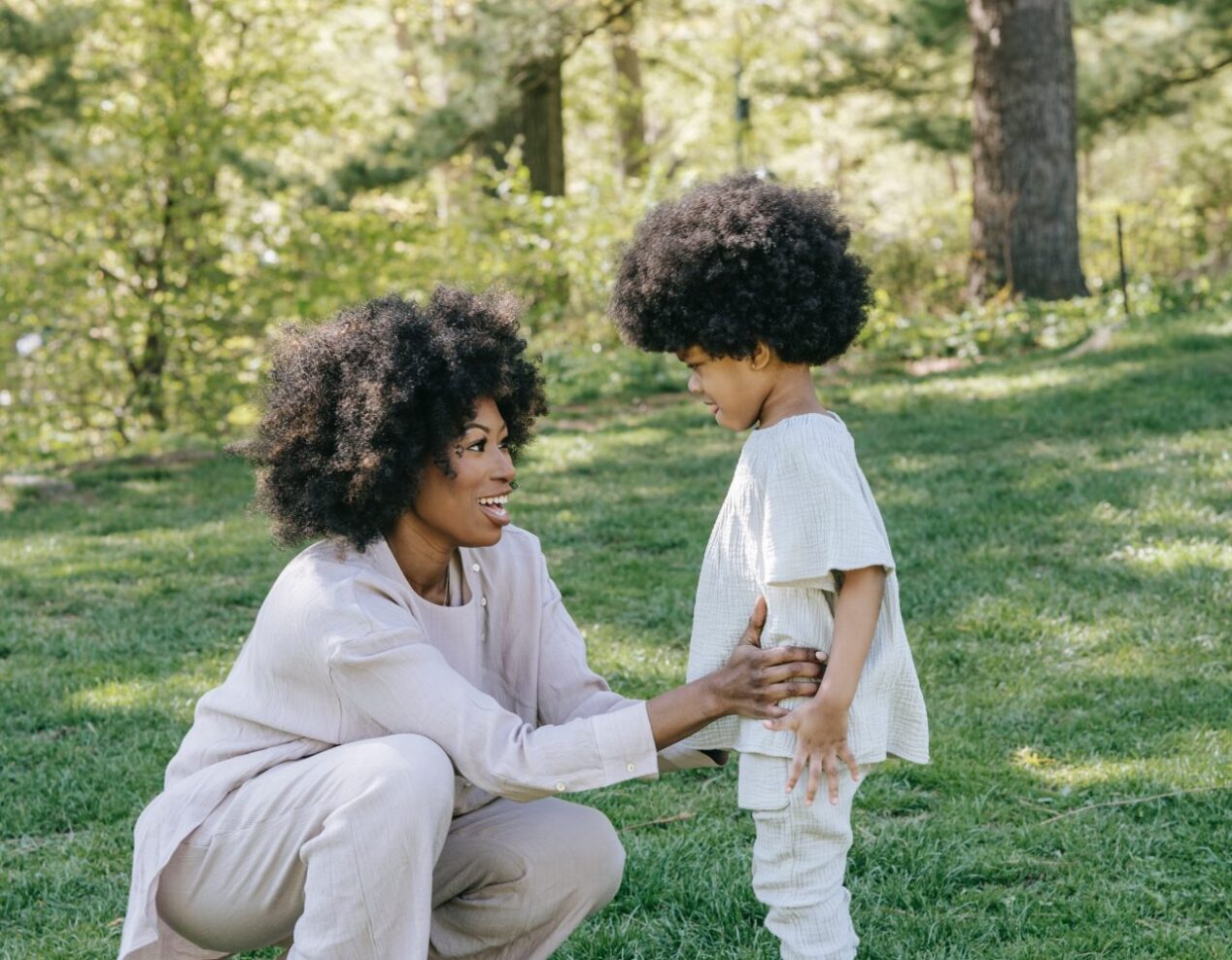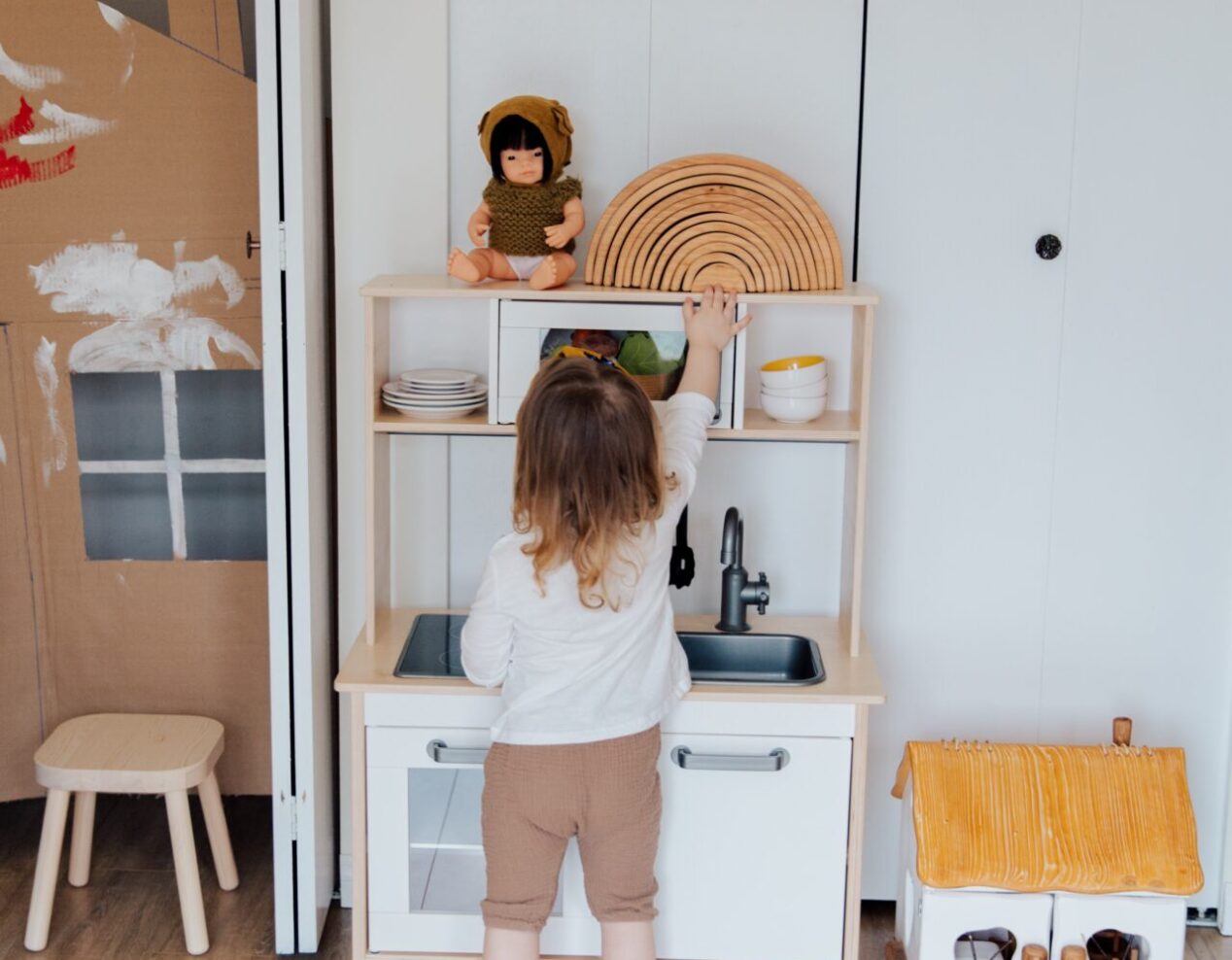Designing a fun and engaging obstacle course for your toddler

Your little one is two years old and their physical skills are developing at an impressive pace. They’re now capable of jumping, catching balls, balancing on tiptoes, and even more. It’s the perfect time to set up an enjoyable obstacle course to help them practice and refine these gross motor milestones. Not only will an obstacle course boost their physical skills, but it will also foster their motor planning, sequencing, memory, direction-following, and self-regulation abilities.
A child’s play needs to be closely monitored, so always ensure the obstacle course is safe and clear. With the right setup, even younger or older siblings can join in the fun.
Creating a home-based obstacle course for your toddler
For your little one’s first obstacle course, it’s advised to start with a few simple elements. A wonderful starting point is having your child walk along a simple line on the ground. This can be created using chalk, tape, the edge of a rug, or a line on a sidewalk. It’s a fun, straightforward way to practice balance before introducing more challenging obstacles.
When setting up your obstacle course, keep in mind the different elements that will make it both enjoyable and challenging for your child. It could include:
- Spots on the ground for jumping
- A rope or line for jumping over
- Hoops or chalk circles to jump into
- A play tunnel, table, or chair to crawl under
- A flat board to walk on
- Pillows, bean bag chairs, or large stuffed animals to climb over
- Cones on the ground to weave through
- A short sprint to you at the finish line For additional excitement, the course can be done backwards, sideways, or even blindfolded.
Creating a “chalkstacle course” using just chalk and some outdoor space
Using just a piece of chalk and some open outdoor space, here are some great tips for creating a “chalkstacle course” for your two-year-old:
- Consider the physical activities your child already enjoys, like running, hopping, and twirling, and incorporate them into the obstacle course.
- Include various lines and movements such as a long straight line for running, a spiral for spinning, simple circles for frog jumps, a circle with bunny ears for bunny hopping, and a zig-zag line for balancing. Your little one might need a demonstration of the chalkstacle course first, followed by doing it together, before trying it on their own with verbal prompts. They might also need help associating each drawing with a movement, which is perfectly normal.
Plus, this type of course is an excellent pre-reading activity. By drawing a line or design in chalk and assigning it a movement, you’re showing your child that lines and marks carry specific meanings. This helps them grasp the “concepts of print”, including the direction of text, how to flip pages, and other pre-reading behaviors.



